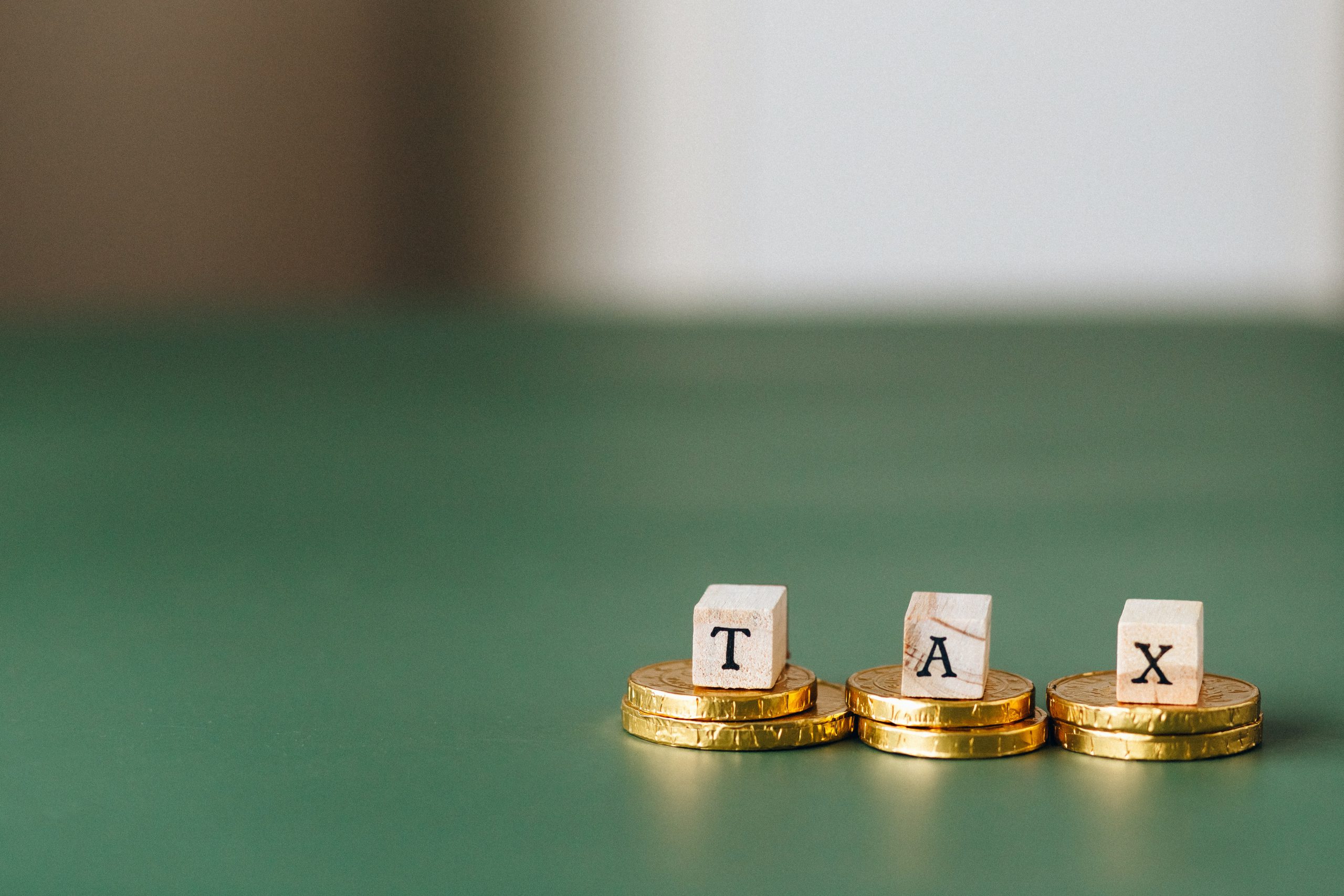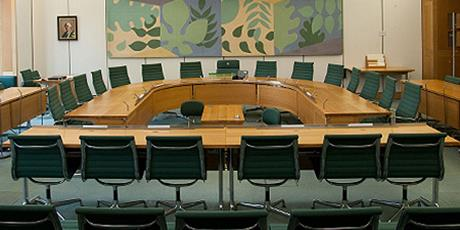
by Alex Dunnagan | Feb 2, 2023
Despite his company being ‘named and shamed’ by HMRC for alleged involvement in disguised remuneration schemes, Paul Ruocco continues to be a member of the Institute of Chartered Accountants of England and Wales. TaxWatch have submitted a formal complaint to the ICAEW...

by Alex Dunnagan | Jan 27, 2023
Video Games Tax Relief (VGTR) cost a record £197m last year, more than five times as much as it was anticipated to cost when it was introduced.1 A total of £830m in subsidy to the video games industry has been paid since the relief was introduced, with numbers...

by Alex Dunnagan | Jan 18, 2023
A new PAC report argues that the government is “missing the opportunity to recover billions” Tax Debt stands at £41.6bn, over £20bn more than pre-pandemic levels, with HMRC estimating it will take “some years” for this debt to be reduced. New PAC report argues that...

by Alex Dunnagan | Dec 28, 2022
TaxWatch Acting Director Alex Dunnagan gave evidence to the Treasury Select Committee (TSC) on Monday 19th December highlighting the abuse of tax reliefs. Written evidence In November we submitted written evidence to the TSC for their inquiry on tax reliefs, focussing...

by Alex Dunnagan | Dec 23, 2022
At TaxWatch we are hugely proud to announce that our Acting Director has been listed in ITR’s Global Tax 50 2022 (paywall). International Tax Review’s Global Tax 50 is an annual list which highlights “the most influential individuals in the world of tax policy...






